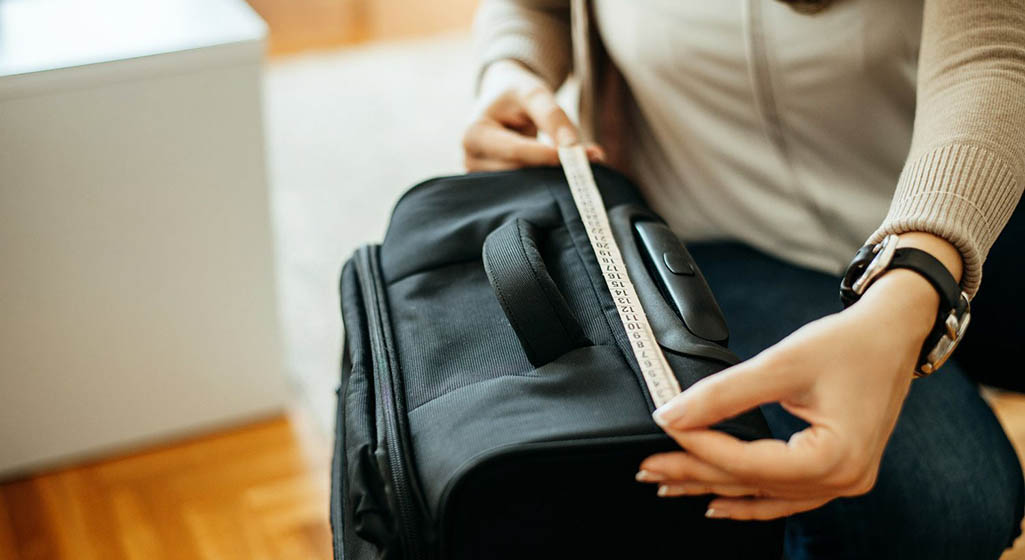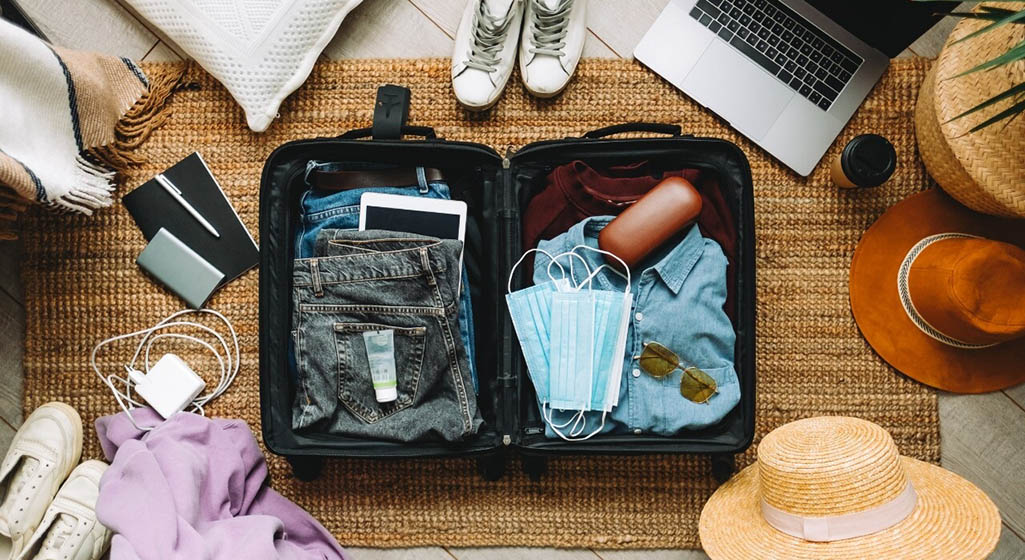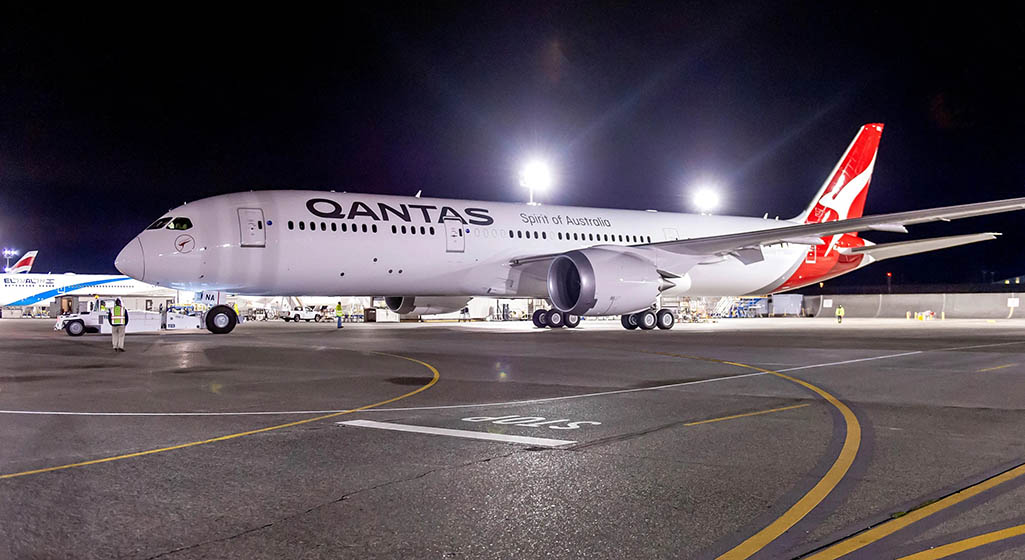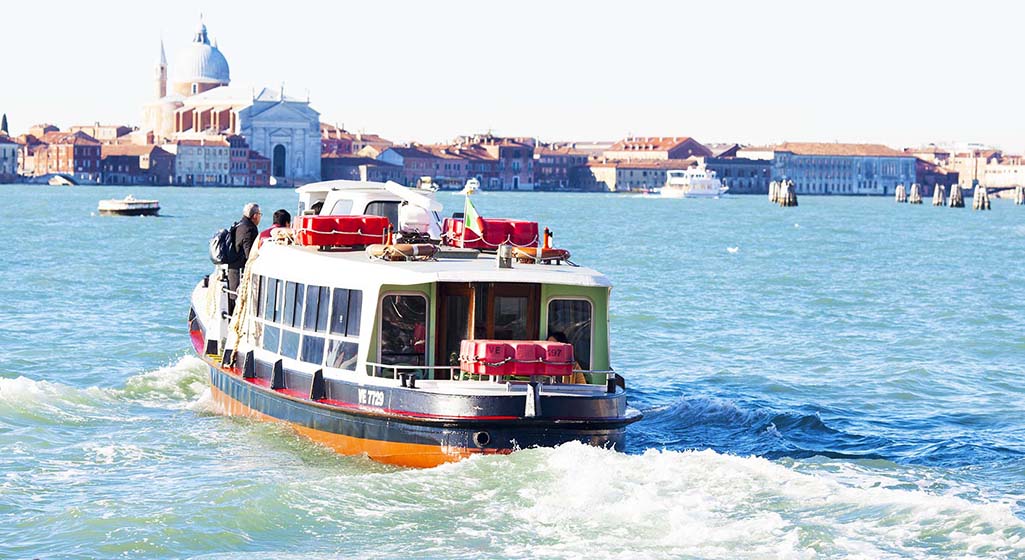When flying from New York to Australia, understanding the rules and regulations regarding carry-on and checked baggage is crucial to ensure a smooth and stress-free journey. This comprehensive guide will cover all you need to know about packing, what you can bring on board, and how to handle your checked luggage.
Carry-On Baggage: What You Need to Know
General Rules for Carry-On Luggage
Size and Weight Limits
- Size Restrictions: Typically, airlines allow carry-on bags that do not exceed 22 x 14 x 9 inches (56 x 36 x 23 cm) including handles and wheels. It’s essential to check the specific size limitations of your airline, as these can vary.
- Weight Limits: Most airlines have a weight limit for carry-on luggage, usually ranging from 15 to 22 pounds (7 to 10 kg). Again, check with your airline to confirm their exact weight restrictions.
What You Can Pack
When preparing for a long flight, such as from New York to Australia, knowing the rules for carry-on items is crucial to ensure a smooth security process and a comfortable journey. Here’s a detailed breakdown of the regulations and tips for packing liquids, gels, electronics, and food items in your carry-on luggage.
Liquids and Gels
Regulations
- Container Size: All liquids, gels, and aerosols must be in containers that are 3.4 ounces (100 ml) or less. This includes items such as shampoo, conditioner, body lotion, sunscreen, and even aerosol sprays like hairspray. Each container must be able to fit comfortably within a single quart-sized clear plastic bag.
- Plastic Bag Requirements: The clear plastic bag must be resealable and not exceed one quart in size (approximately 20 x 20 cm). This bag is often referred to as a “liquid bag” and is required to be easily accessible for security screening. You should be able to seal it and present it separately during the security process.
Packing Tips
- Consolidate Your Items: Transfer essential liquids and gels into smaller, travel-sized containers if needed. Many travel-sized products are available at pharmacies and retail stores.
- Avoid Overpacking: Only bring what you need for the duration of your flight. If you have items that you can buy at your destination, consider leaving them out of your carry-on to avoid excess baggage.
- Label Your Containers: Although not a requirement, labeling your containers can help with quick identification during security checks.
Exceptions
- Medications: Prescription and over-the-counter medications are allowed in larger quantities, but you must declare them at security and they should be in their original packaging. Liquid medications should still be placed in the quart-sized bag if possible, though they may be exempt from the usual size limitations.
- Baby Products: Baby formula, milk, and baby food are permitted in reasonable quantities exceeding 3.4 ounces. You should inform security personnel about these items for additional screening.

Electronics
Regulations
- Devices Allowed: Items such as laptops, tablets, e-readers, and smartphones are permitted in your carry-on luggage. These devices must be removed from your bag during security screening for a separate X-ray inspection.
- Charging Devices: While it’s not a requirement, it’s a good idea to ensure your electronic devices are charged. In some cases, security personnel may need to power on devices to verify their functionality.
Packing Tips
- Accessibility: Pack electronics in an easily accessible section of your carry-on bag, as you will need to remove them during the screening process. Consider using a dedicated compartment or an easily reachable pocket.
- Protect Your Devices: Use padded sleeves or cases to protect your electronics from damage during handling and while in your bag.
- Backup Plan: In case of battery issues or technical difficulties, ensure you have access to important information or documents through alternative means, such as cloud storage.
Security Screening
- Remove Devices: During the security check, place laptops, tablets, and other large electronics into separate bins for X-ray screening. Smaller electronics like smartphones can usually stay in your bag.
- Follow Instructions: Be prepared to follow additional instructions from security personnel if requested, such as turning on devices or removing protective cases.
Food Items
Regulations
- Solid Food: Solid food items, such as sandwiches, fruits, and snacks, are generally allowed in your carry-on luggage. However, you should be mindful of any specific airline regulations or destination restrictions regarding food items.
- Liquid and Gel Food: Items such as soups, sauces, and dressings are subject to the 3.4-ounce rule. These must be packed in containers of 100 ml or less and fit into the quart-sized plastic bag. Any food item with a liquid or gel component needs to comply with these regulations.
Packing Tips
- Secure Packaging: Pack food items in sturdy, leak-proof containers to prevent spills and contamination. Use resealable bags or containers to keep items fresh and contained.
- Consider Restrictions: Be aware of any customs regulations regarding food items at your destination. Some countries have strict rules about bringing in certain food products, so it’s wise to research before you travel.
Special Considerations
- Dietary Needs: If you have specific dietary requirements, such as gluten-free or vegan options, pack these items in your carry-on to ensure they are readily available. Many airports and airlines accommodate special dietary needs, but having your own supply can be more convenient.
- Allergies: For passengers with food allergies, carrying safe snacks in your carry-on can be a precautionary measure in case of delays or limited options during the flight.
Prohibited Items
- Sharp Objects: Items such as knives, scissors with blades longer than 4 inches (10 cm), and other sharp objects are not permitted in carry-on luggage.
- Flammable Items: Flammable items like matches and lighter fluid are prohibited. Check with your airline for specific rules regarding lighters.
When to Bring Carry-On Luggage
- During Boarding: Carry-on luggage is brought with you into the cabin and stowed in the overhead compartments or under the seat in front of you.
- Short-Haul vs. Long-Haul Flights: For long-haul flights, it’s particularly important to pack essentials like medication, valuables, and a change of clothes in your carry-on, as these items are crucial for comfort and convenience during the long journey.
Pets and Carry-On Luggage
- Pet Policy: Most airlines allow small pets to travel in the cabin if they fit into a carrier that meets the airline’s size requirements. Typically, the carrier counts as part of your carry-on allowance.
- Pet Documentation: Ensure you have all necessary documentation for your pet, including vaccination records and a health certificate, if required.
Additional Tips for Traveling from New York to Australia
Packing Tips

- Essentials in Carry-On: Pack essential items such as medication, travel documents, and a change of clothes in your carry-on. This is especially important for long-haul flights.
- Label Your Bags: Clearly label both your carry-on and checked luggage with your name, address, and contact information. This helps in case your luggage is misplaced.
Navigating Airport Security
- Prepare for Screening: Remove laptops, tablets, and liquids from your carry-on bag before security screening. Follow all instructions from security personnel to ensure a smooth process.
- Check for Restrictions: Always check the latest travel advisories and airport security guidelines for any updates on prohibited items or changes in regulations.
Arrival in Australia
- Customs Regulations: Be aware of Australian customs regulations, including restrictions on bringing in certain foods, plants, and animal products. Declare any items as required to avoid fines or delays.
Traveling from New York to Australia involves a range of rules and regulations regarding both carry-on and checked baggage. By understanding and adhering to these guidelines, you can ensure a smoother travel experience. Remember to check your airline’s specific policies, pack wisely, and make any necessary arrangements for special or abnormal baggage. With proper preparation, you can focus on enjoying your journey and looking forward to your arrival in Australia.




